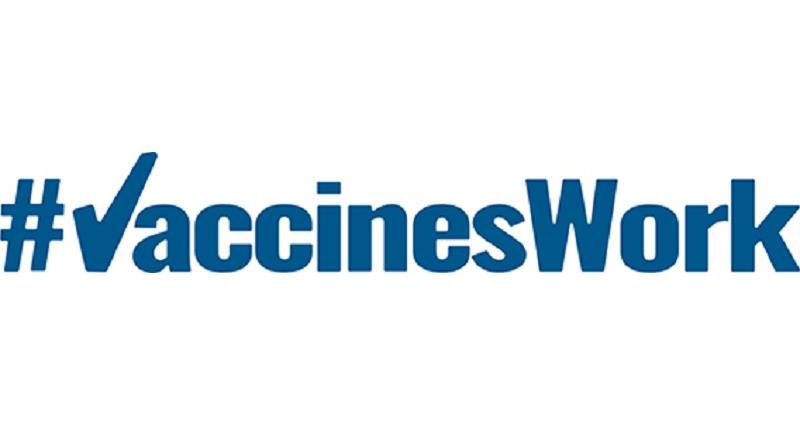The campaign runs from September through to the end of October. In particular, it is highlighting the differences in vaccine penetration between farm animal sectors, exploring where there may be scope for greater uptake, as well as the gains to be made from storing, handling and administering vaccines correctly.
Members are encouraged to review their vaccine use and disease history on farm and discuss the options suitable for their herd or flock with their vet. Vaccines are an investment in disease prevention and therefore we remind farmers to follow the label to ensure they are handled and administered properly.
The Responsible Use of Medicines in Agriculture (RUMA) Alliance, which is co-ordinating the campaign, says the poultry and fish sectors have successfully used vaccines for a number of years within comprehensive and integrated health programmes.
Check out the #VaccinesWork website for more info and resources
“Vaccination is not a ‘silver bullet’ for disease control, but it can be an important part of an infection prevention and control of disease planning process, which all farms should have in place in consultation with their vet,” explains RUMA’s secretary general Chris Lloyd.
“In the sheep and cattle sectors, uptake of vaccines is generally low, so the campaign will ask farmers and prescribers to consider whether there is scope to increase levels of vaccination to improve herd or flock immunity – and potentially profitability – on their farms.
“Vaccination is already much higher in pigs, but improving how vaccines are stored, handled and administered could boost results significantly.”
To find out more about #VaccinesWork read here
“It’s good news that vaccines are so well-used, but the number of animals involved means vaccination is not an easy job. It can be stressful to handlers and animals, leading to short cuts and poor practice.
“A failure to correctly follow storage, administration and vaccine course instructions can undermine the efficacy of the vaccine which can mean they do not work as well as they can. This may include incorrect storage temperatures – especially freezing – as well as expired use-by dates and failure to deliver the full course."
In order to ensure prescribed vaccines work effectively, it is essential that the manufacturer and prescriber’s instructions on storage, dose rate and dose interval (e.g. if repeat doses are needed) are followed accurately.
Some key vaccine facts...
- Figures from 2016 suggest only 17% of cattle that could be vaccinated against Bovine Respiratory Disease (BRD) were given vaccine despite half of herds being affected.
- Just 22% of cattle received the vaccine for the virus that causes Infectious Bovine Rhinotracheitis (IBR) despite the disease being present in 70% of herds.
- 42% of sheep farmers are currently vaccinating against clostridial diseases and pasteurellosis, two of the most common preventable diseases causing death in sheep and lambs.
- And only 36% are vaccinating for enzootic abortion and 22% for toxoplasmosis, which are responsible for more than three-quarters of abortions or stillbirths between them.
- Pigs have far higher uptake of vaccines than cattle and sheep, with 90% of all eligible pigs being vaccinated for Porcine Circovirus (PCV2) and around 70% for Mycoplasma hyopneumoniae.
- Vaccination for Porcine Reproductive & Respiratory Syndrome (PRRS), known as Blue Ear, is also common.
Check out the #VaccinesWork website for more info and resources
